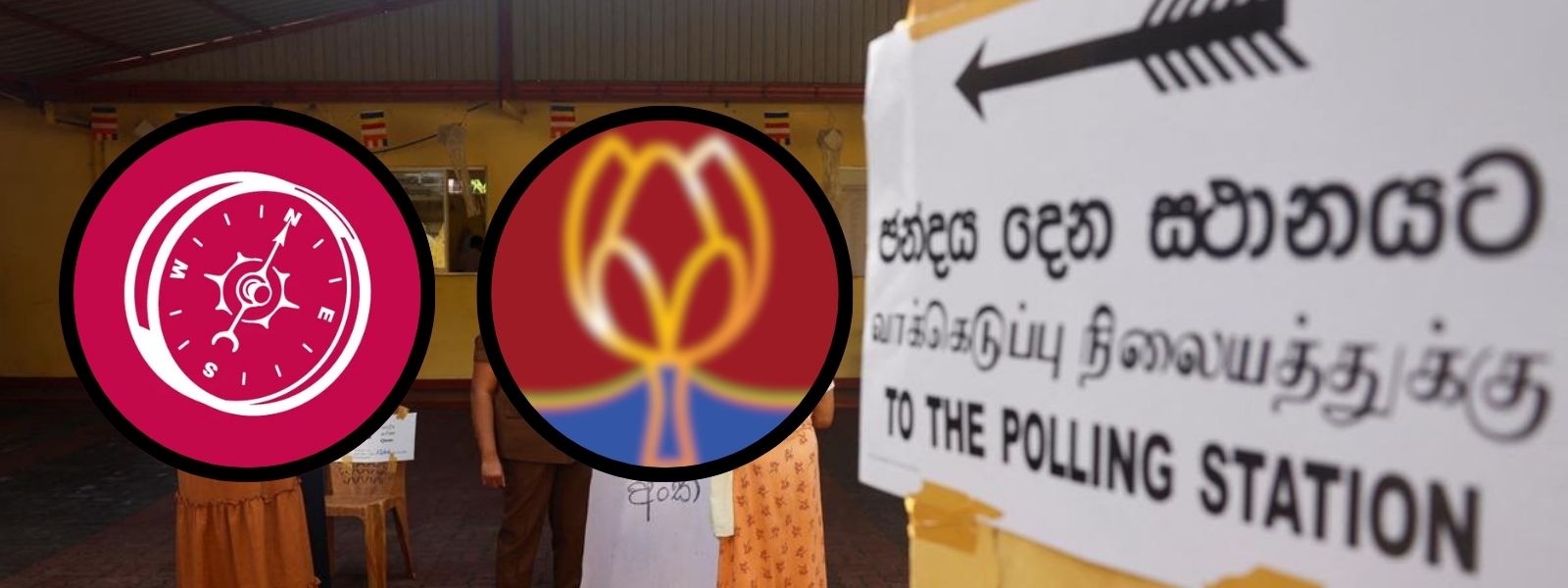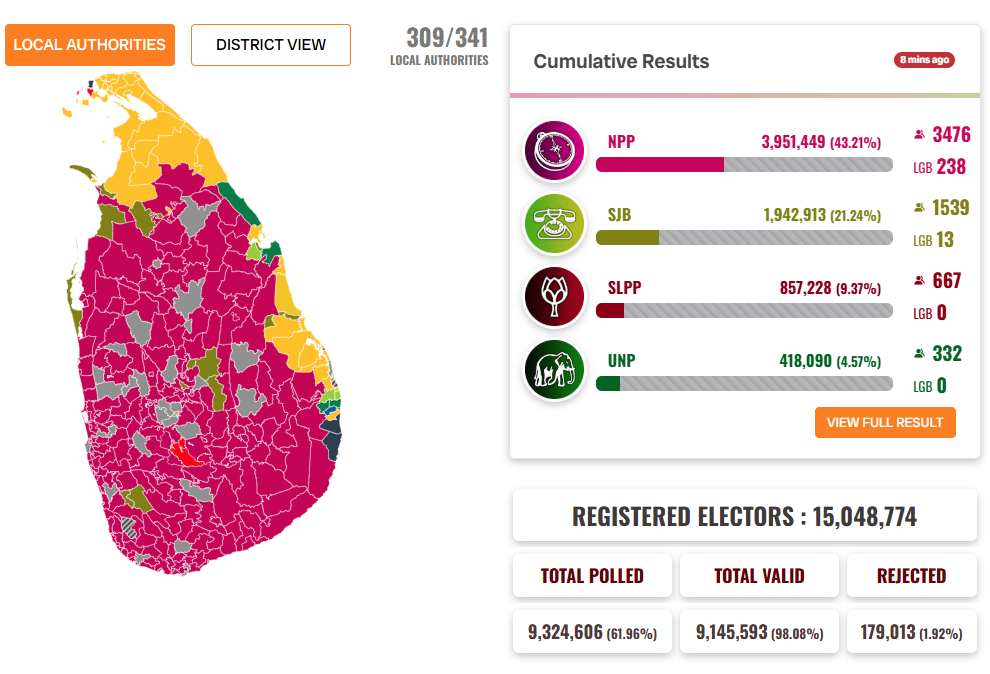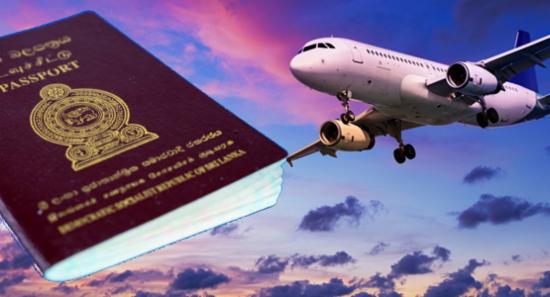.webp)

2018’s Kingmakers, 2025’s Ghosts | NPP Replaces SLPP in Just 7 Years
COLOMBO (News 1st); The 2018 Local Authorities Election in Sri Lanka marked a dramatic realignment in the country’s political landscape, with the then-newly formed Sri Lanka Podujana Peramuna (SLPP) emerging as the dominant force.
The SLPP in 2018, led by former President Mahinda Rajapaksa, stunned the political establishment by securing 4.94 million votes, translating to 44.65% of the total vote share.
This landslide victory earned the party 3,369 local government members and control of 231 local bodies, a feat that underscored its rapid ascent and grassroots appeal.
In 2025, the once-dominant Sri Lanka Podujana Peramuna (SLPP) suffered a significant setback, managing around 10% of the vote.
In 2018, the Janatha Vimukthi Peramuna failed to secure control of a single local government body, however won 431 seats with 693,875 votes.
However, in 2025, Sri Lanka President Anura Kumara Dissanayake's National People's Power, which was formed by the JVP, emerged as the dominant force in the 2025 local government elections, securing nearly 44% of the total vote so far, and winning 3,457 seats across the country, as of 10:00 AM on Wednesday (7).
The results mark a dramatic shift in voter sentiment, with the JJB more than doubling the seat count of its nearest rival, the Samagi Jana Balawegaya (SJB), the breakaway faction of the powerful United National Party, which garnered 21.3% of the vote so far, and 1,531 seats.
In 2018, the United National Party (UNP), a traditional powerhouse, managed 3.61 million votes (32.63%), securing 2,385 members and control of just 34 local bodies. While the UNP retained a significant urban base, the results reflected a growing disconnect with rural voters.
In 2025, the UNP secured only 325 seats as of 10:00 AM on Wednesday (7), failing to secure control of a single local government body.

Other Articles
Featured News





.png )








-789996_550x300.jpg)
-789879_550x300.jpg)
-789357_550x300.jpg)
-788581_550x300.jpg)











.webp)






